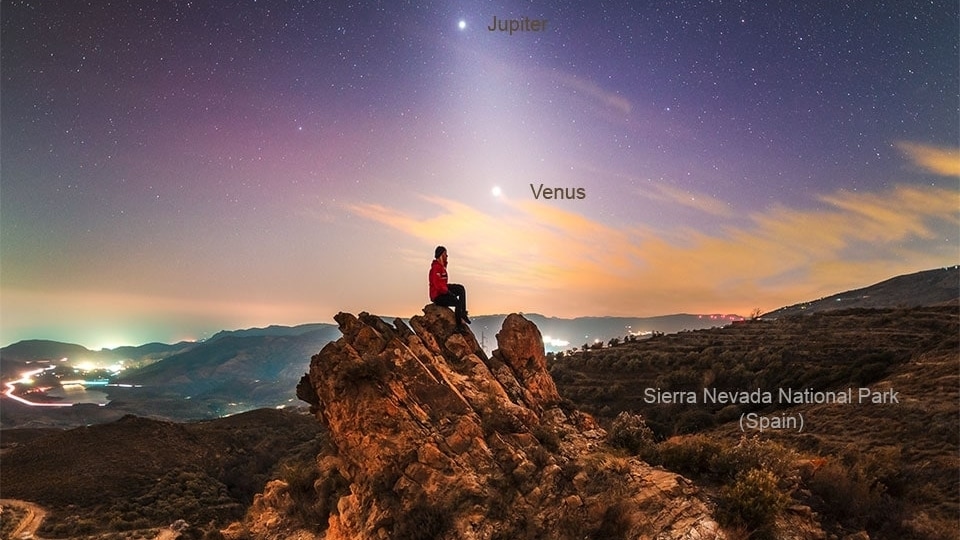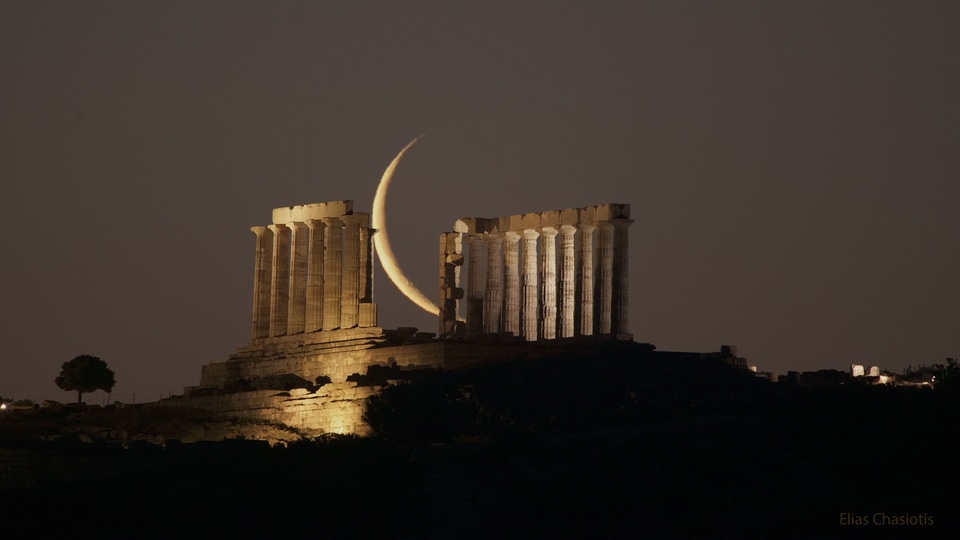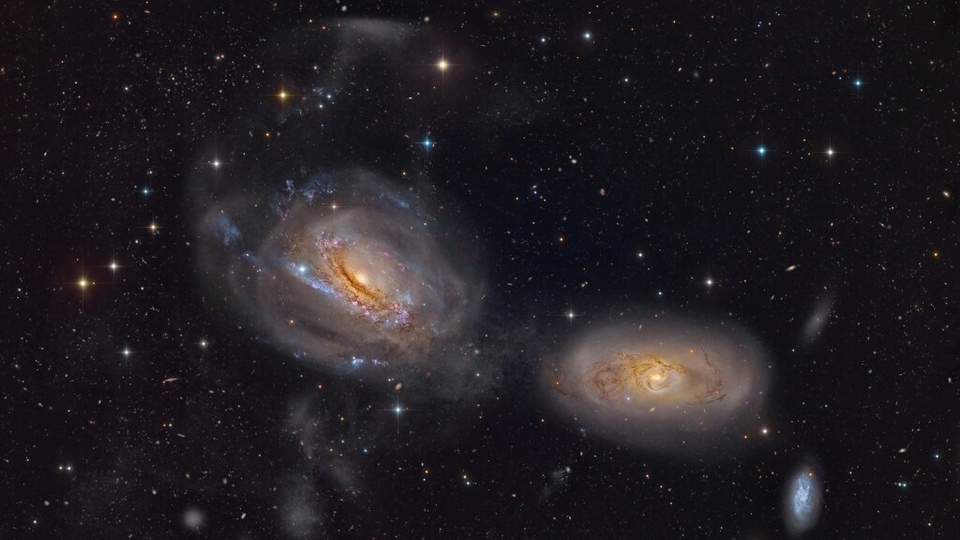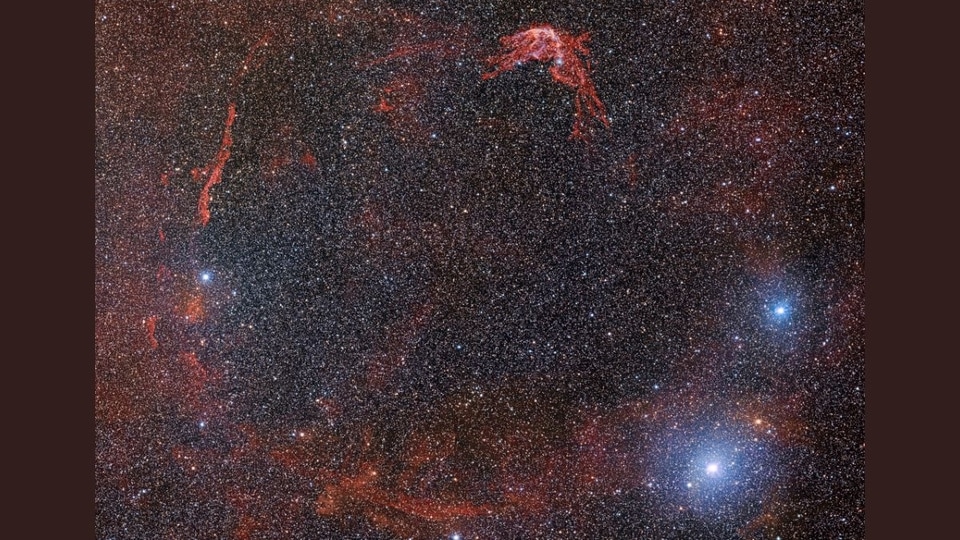NASA Astronomy Picture of the Day March 12, 2023: Saturn's Hyperion- Moon with Odd Craters
NASA's astronomy picture of the day is about Saturn's moon named Hyperion, which is said to be the largest of the planet's irregular, nonspherical moons.






 View all Images
View all ImagesDo you know how many moons Saturn has? The planet has a total of 83 moons, out of which 63 moons are confirmed and named. While, the other 20 moons are awaiting confirmation of discovery and official naming by the International Astronomical Union (IAU), according to NASA. Today's NASA astronomy picture of the day is about one of Saturn's moons named Hyperion. It is the largest of Saturn's irregular, non-spherical moons, and has odd craters.
Captioning the image of the day titled 'Saturn's Hyperion: A Moon with Odd Craters,' NASA stated, What lies at the bottom of Hyperion's strange craters? To help find out, the robot Cassini spacecraft that once orbited Saturn swooped past the sponge-textured moon and took images of unprecedented detail. A six-image mosaic from the 2005 pass, featured here in scientifically assigned colors, shows a remarkable world strewn with strange craters and an odd, sponge-like surface.”
“At the bottom of most craters lies some type of unknown dark reddish material. This material appears similar to that covering part of another of Saturn's moons, Iapetus, and might sink into the ice moon as it better absorbs warming sunlight. Hyperion is about 250 kilometers across, rotates chaotically, and has a density so low that it likely houses a vast system of caverns inside,” it added.
About Hyperion Moon
Hyperion was discovered by William Lassell in 1848. That same year William Cranch Bond, with his son George Phillips Bond, independently discovered the moon. All three men are jointly credited with the discovery.
How Hyperion got its name?
According to NASA, John Herschel suggested that the moons of Saturn be associated with the mythical brothers and sisters of Kronus. (Kronus is the equivalent of the Roman god Saturn in Greek mythology.) The name Hyperion comes from the Greek god (or Titan) Hyperion (he who watches over).
Hyperion, the son of Uranus and Gaia, is a brother of Kronus and the husband of Thea. The children of Hyperion and Thea include Helios (the sun), Eos (the dawn) and Selene (the Moon).
Catch all the Latest Tech News, Mobile News, Laptop News, Gaming news, Wearables News , How To News, also keep up with us on Whatsapp channel,Twitter, Facebook, Google News, and Instagram. For our latest videos, subscribe to our YouTube channel.
































